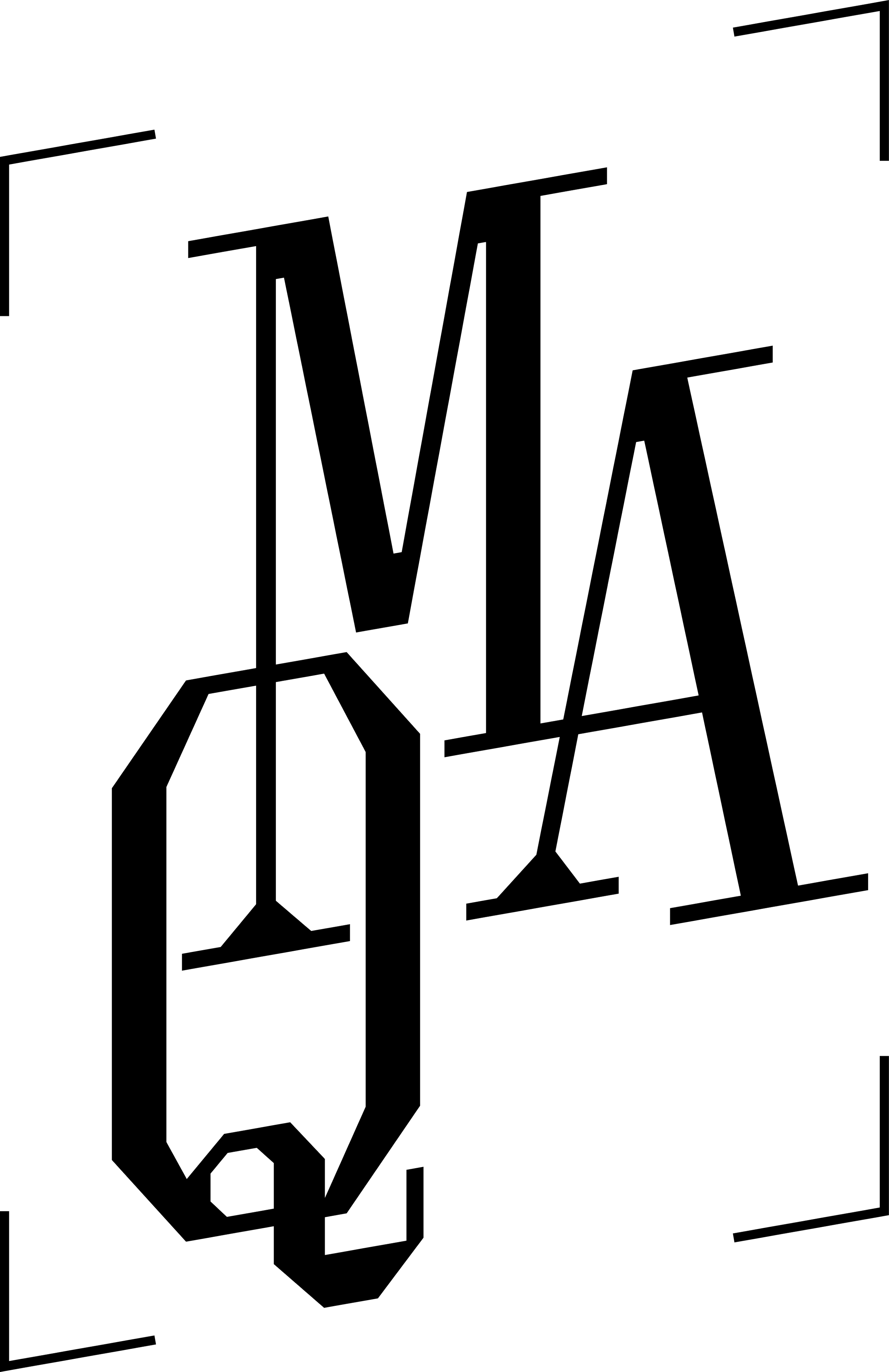Group Exhibition. QMA Artist Collective 2025
Duration: 26-29 November 2025
Curated by:
Andrea Popelka, Eva Kovač and Ale Zapata
Artists:
Ana Mikadze, Juca Fiis, Yehor Antsyhin, Sattva Giacosa, So Young Park, Jiun-You Ou, Dunia Sahir, İklim Doğan, Isabelle Edi, Laura Sofia Oyuela Flores, Bassano Bonelli Bassano, Michael Reindel, Aurelia van Kempen
Programme:
Opening: Tuesday, November 25th 2025 at 6 pm
Performance program during the opening starting at 7 pm
Curated tour: Saturday, November 29th at 4 pm
Opening hours:
Tue - Friday (3 pm to 7 pm), also open on Sat (11 am to 4 pm), closed on Sundays and Mondays
Location:
AG18, Annagasse 18, 1010 Vienna
Beginning with a desire to make sense of remembering, this exhibition evolves from a durable collective process. Here memory unfolds as a relational field, where the subjective, the intimate, and the collective are intertwined, just as what truly happened blends with what we imagine to have taken place.
Memory is also an unruly and unreliable narrator resisting fixation. It cheekily flickers in the folds of a piece of fabric, shortly before it disappears again. It involuntarily appears in the hands that are shaping clay. It is carried in a hum or swells in the ominous silence of a family member. Now and again, memory produces shards of time that do not quite fit together; it creates glitches in reality.
In 1932, Walter Benjamin used archaeology as a metaphor to describe the process of memory, where remembering is not a straightforward excavation but a methodical, sometimes painstaking, digging for fragments of the past. For the artists, memory is equally entangled with material reality. Through a form of personal archaeology, they investigate inherited social and material practices. The kitchen becomes a site of transmission, while a particular pigment from an ancestor’s craft becomes a means of entering history.
Materials, bodies, landscapes, or objects bear the marks of history, and by engaging with them, the artists access and work through memory itself. In an era when digital traces of the past are omnipresent, they turn toward more organic dimensions of recollection, emphasizing embodiment, tactility, and the capacity to be moved by emotion. By seeking recall through taste, smell, movement, texture, and sound, memory is encountered as something that runs through the body and its senses–something that must be felt.
Yet, it is also worth recognizing that memory carries a darker potential. On an individual level, it can entrap, binding us to recollections that resist release. On a collective scale, memories are often instrumentalized–by nation-states, for instance–through manipulated histories that serve mechanisms of control. Memory is neither neutral nor benign; it is an actively shaped force that also resists this shaping, capable of both grounding and distorting how we inhabit the present.
Against this backdrop, the exhibition seeks to make sense of a present in crisis by searching for anchors in the past. Where are we going? What pathways between life and death, between ancestry and the present, can be found? Propelled by this desire for orientation, the exhibition forms a constellation of artworks–shaped by encounter, process, and collective authorship– which visitors can navigate, interpreting and lingering according to their own impulses. Caught in the limbo of loss and recollection, between forgetting and holding on, memory reveals its bittersweet nature. Engaging with it can be unsettling and painful, as our memories trace the contours of our lives and experiences, and make us feel the fleeting nature of time itself.

